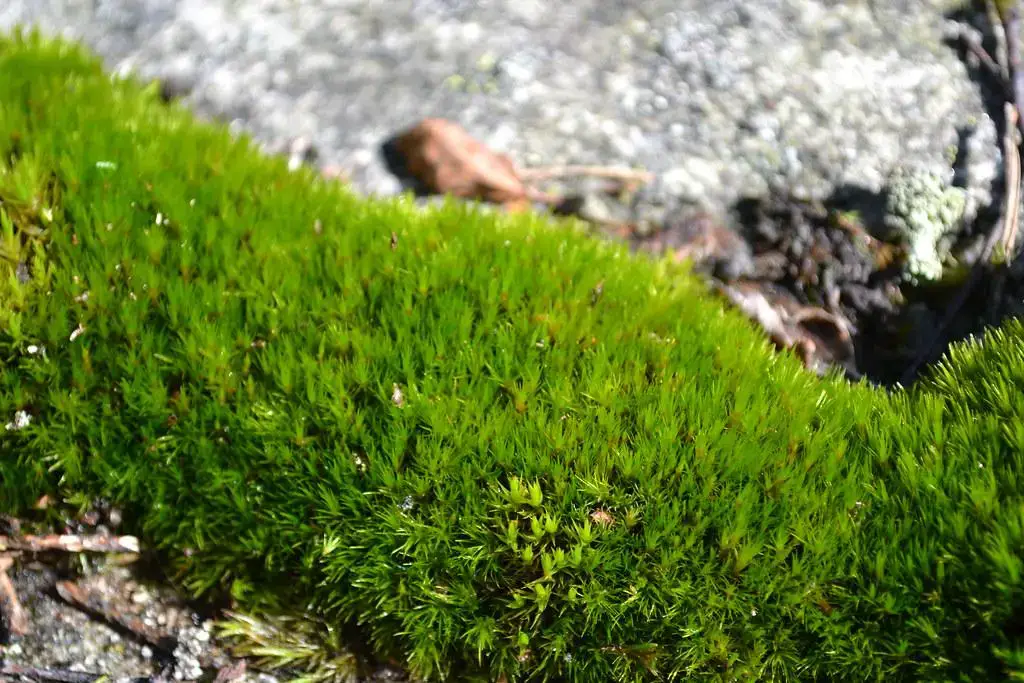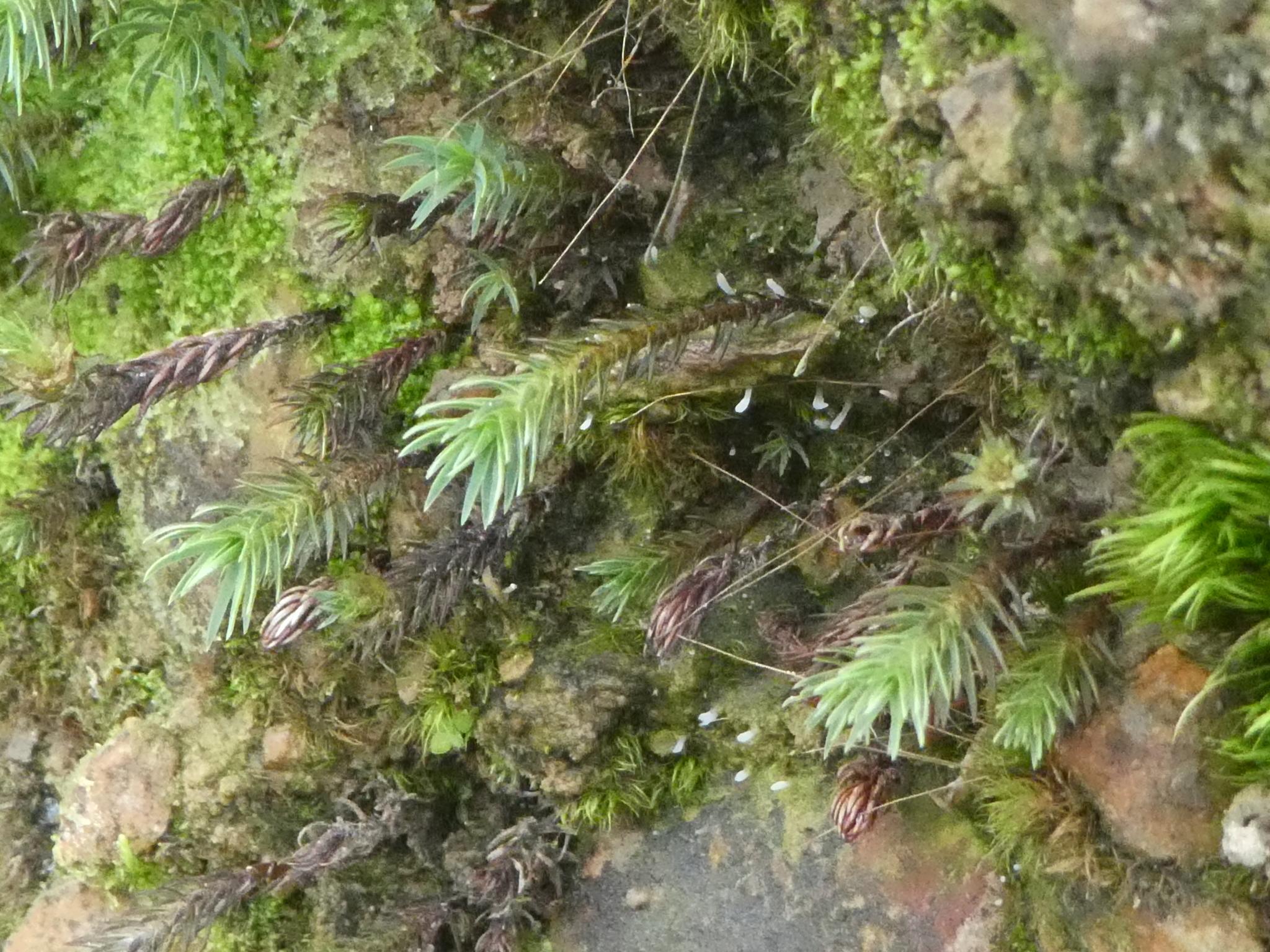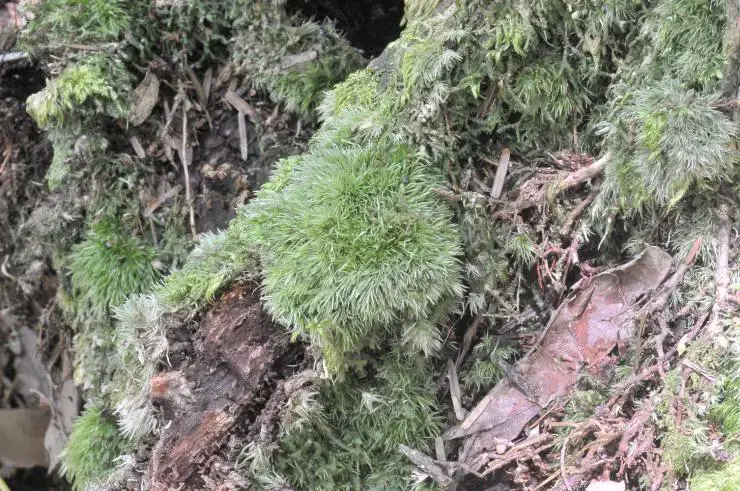
8790031939_52b986e4e2_b.jpg from: https://www.flickr.com/photos/95549735@N08/8790031939/
Exploring the Fascinating World of Campylopus Widgrenii Moss
Introduction
Mosses are often overlooked, but they play crucial roles in ecosystems around the world. One particularly interesting species is

original.jpeg from: https://www.gbif.org/es/species/2682901
Campylopus widgrenii (Müll.Hal.) Mitt., a moss in the Leucobryaceae family. In this blog post, we’ll take a closer look at this fascinating plant.

7037e79d418c961c5141889e083833ce.jpg from: https://taieol.tw/muse/digi_object/2355523fe7d6b11d4b7a8ac495911fd7
Background
Campylopus widgrenii is a species of moss first described by German botanist Johann Karl August Müller in 1879. It was later transferred to the genus Campylopus by British botanist William Mitten. The Leucobryaceae family contains over 170 species of mosses found worldwide.
Morphology and Identification
C. widgrenii forms dense tufts or cushions. The leaves are lanceolate with a broad, sheathing base that abruptly narrows to a long, thin tip. Leaves often have a whitish appearance due to large, empty leucocysts. The seta (stalk) is reddish and the capsules are curved and strumose (with a goiter-like swelling).
Global Distribution and Habitat
This species is found in tropical and subtropical regions of the Americas, Africa, and Asia. It grows on soil, rocks, logs, and tree bases in moist, shaded habitats from lowland to montane forests. In the Neotropics, it is common in cloud forests and páramo.
Ecological Roles and Adaptations
Like other mosses, C. widgrenii plays important roles in its ecosystems:
- Helps retain moisture and prevent erosion
- Provides habitat for micro-organisms and small invertebrates
- Pioneers disturbed sites and aids in succession
The leucocysts in the leaves help the moss efficiently absorb and retain water and nutrients. The curved capsules may aid in spore dispersal.
| Characteristic | Description |
|---|---|
| Family | Leucobryaceae |
| Genus | Campylopus |
| Growth form | Dense tufts or cushions |
| Leaves | Lanceolate with sheathing base and long tip, whitish |
| Seta | Reddish |
| Capsule | Curved and strumose |
Conclusion
Campylopus widgrenii is a prime example of how even tiny mosses can be captivating when you take a closer look. Its unique adaptations and important ecological roles make it a valuable part of ecosystems from the Americas to Africa and Asia. Next time you’re in a tropical forest, keep an eye out for this amazing little moss! What other overlooked organisms might be worth a second glance?